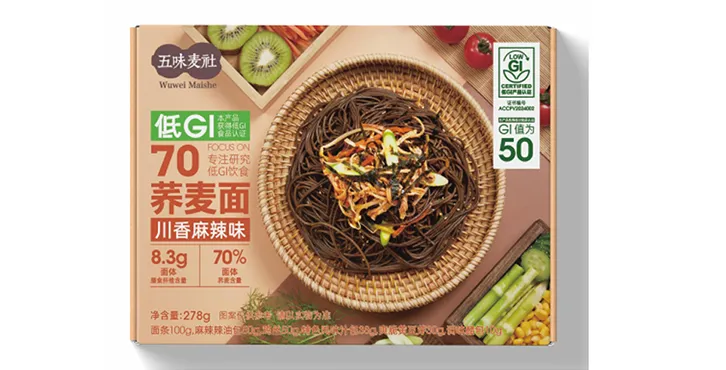Comparing the Distinct Features of Soba and Udon Noodles
Understanding the Differences Between Soba and Udon Noodles
Noodles play a central role in many Asian cuisines, particularly in Japan, where two of the most popular types are soba and udon. Despite both being staples in Japanese cuisine, soba and udon are distinct in their ingredients, texture, taste, and culinary uses. Understanding these differences can enhance one's appreciation for these traditional noodles.
Ingredients and Basics
One of the primary differences between soba and udon lies in their ingredients. Soba noodles are made from buckwheat flour, which gives them a unique, earthy flavor and a slightly grayish color. Buckwheat is not a wheat product and is gluten-free, making soba a popular choice for those with gluten sensitivities when made with 100% buckwheat flour. However, many commercial soba noodles are a blend of buckwheat flour and wheat flour, which can alter their gluten content.
On the other hand, udon noodles are made primarily from wheat flour, salt, and water. This gives udon its characteristic white color and chewy texture. Udon encompasses a more substantial and thicker noodle profile compared to the often thinner and flatter soba. While both noodles are made from simple ingredients, these base components significantly influence their flavor and cooking methods.
Texture and Taste
The texture of the noodles is another notable difference between soba and udon
. Soba noodles have a somewhat rougher surface due to the buckwheat flour, allowing them to hold onto sauces and broths effectively. They have a slightly firm bite and a flavor that can be nutty, particularly if made from pure buckwheat.In contrast, udon noodles are smooth and slippery, which complements the broths and sauces typically served with them. Udon's chewiness is a hallmark of the noodle, providing a comforting and satisfying eating experience. The taste of udon is milder compared to soba, which makes it versatile, allowing it to soak up the flavors of the accompanying ingredients and sauces.
difference soba and udon noodles

Culinary Uses
Culinary traditions in Japan dictate the specific uses of soba and udon. Soba can be served both hot and cold. Cold soba is popular during the summer months, often served with a dipping sauce called “tsuyu.” Hot soba is typically served in a broth with various toppings like green onions, tempura, or fish cake. The health benefits of buckwheat also make soba a preferred choice for those looking for a nutritious meal.
Udon, on the other hand, is more commonly served in a hot broth, creating a hearty dish that warms the soul, especially during winter. Various udon soups, such as “Kake Udon” (udon in plain broth) or “Yaki Udon” (stir-fried udon), showcase the versatility of these wheat noodles. Udon can also be paired with ingredients like tofu, mushrooms, and vegetables.
Cultural Significance
Both soba and udon hold cultural significance in Japan. Soba is often eaten on New Year's Eve as a symbol of longevity, while udon is enjoyed during celebrations, signifying good fortune. These traditions highlight how noodles can convey deeper meanings and are interwoven with Japanese culture and customs.
Conclusion
In conclusion, the differences between soba and udon noodles extend beyond their ingredients and cooking methods. Each type of noodle carries its own unique history, texture, and taste, contributing to the rich tapestry of Japanese cuisine. Whether you prefer the nutty flavor of soba or the smooth texture of udon, both noodles offer delicious ways to experience the depth of flavor and tradition that Japanese cooking has to offer. Exploring these distinctions not only enriches one’s palate but also fosters a deeper understanding of Japanese culinary art.
-
Unleash Your Inner Chef with Delectable Italian Pasta CreationsNewsAug.01,2025
-
Savor Health and Flavor: Irresistible Soba Noodles for Sale Await!NewsAug.01,2025
-
Nourish Your Body with Premium Organic Ramen - A Culinary Delight AwaitsNewsAug.01,2025
-
Elevate Your Dishes with Our Exquisite Kinds of Egg NoodlesNewsAug.01,2025
-
Dive into Flavorful Convenience with Our Ramen OfferingsNewsAug.01,2025
-
Discover Exquisite Types of Naengmyeon and Chilled Soba NoodlesNewsAug.01,2025
-
Is Whole Wheat Pasta Healthy?NewsMay.30,2025
Browse qua the following product new the we

















































































































